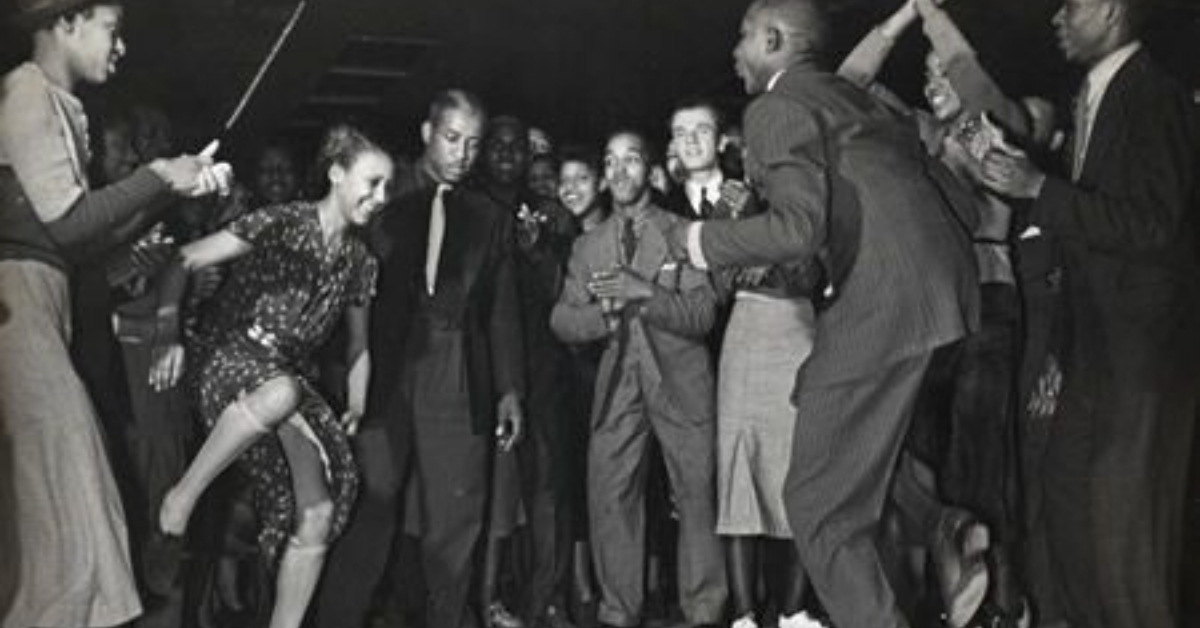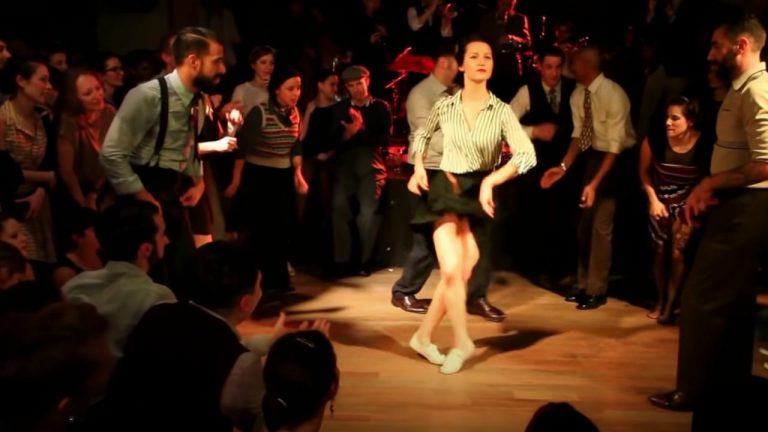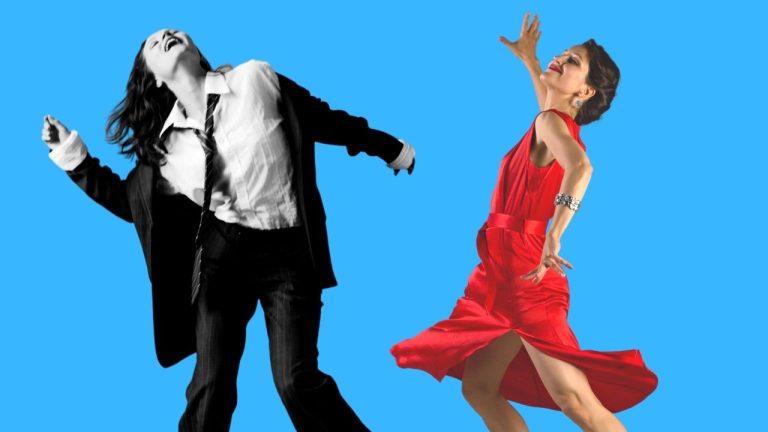A history of jazz dance and historic perspective helps us acknowledge tradition. Where jazz dance, and it’s related styles of Lindy hop, solo jazz, tap, shag etc. come from and pay respect to its origins and community.
When we talk about jazz dance we need to talk about the cultural history of jazz dance, we need to talk about black dances, and it’s African influences. It is impossible to think of the heritage and history of jazz dance and music in America without acknowledging its African roots.
Birth of the Jazz Dance
Today if you say the word “jazz” it almost has to go with a little add -on or description, for it carries many meanings and is quite a complex subject.
The roots of Jazz are African and, particularly, West African.
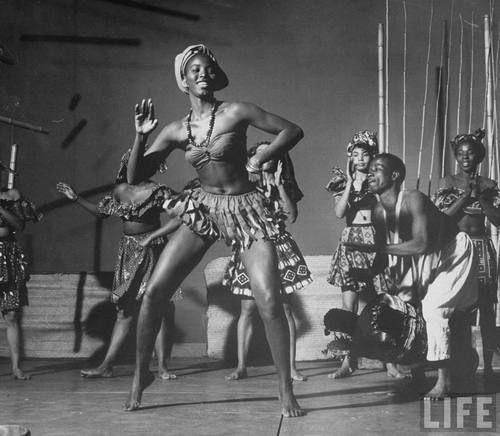
In the beginning of the 17th century an enormous amount of African people were forced to the North American content and elsewhere to be then enslaved. During the slavery period African dance developed into African – American vernacular jazz dance culture. It is important to acknowledge the connection between the dances of traditional African cultures and the history of jazz dances of Black Americans.
Today we really can see how many branches of vernacular jazz dance, such as tap, broadway jazz, classical jazz, modern jazz, latin jazz , solo jazz and so on, developed.
The history of jazz dance and specifically Vernacular dances developed on plantations. Black dances such as buzzard lope, turkey trot had direct animalistic references. They were observed by white people who found the dances intriguing because of the vitality, expression, dynamism and freedom in improvisation.
Black dancers, on the other hand, observed white people dancing in salons and adopted the idea of close embrace in a couple dance, verticality and composition for their Cakewalks, Charleston and, later, the Lindy Hop.
Jazz dance developed through coming together, on American soil, of African and European culture. It was influenced by many factors such as mixing of African people from different tribes, mixing with European traditions and being influenced by it in the horrible circumstances of restrictions that were imposed upon slaves in regard to music and dance.
In order to understand what are the specifics of the Africanist influence in the history of jazz dance, we need to research its characteristics and fundamental elements.
Characteristics of black vernacular dance
The six definite characteristics of African American vernacular dance are rhythm, improvisation, control, angularity, asymmetry and dynamism
“Steppin’ on the Blues”, p. 32

Nowhere is African American style manifested more than in dance. Let’s look into some of those characteristics closer.
Rhythm
“Rhythm is the architecture of being, the inner dynamic that gives it form, the pure expression of the life force”
(Thompson “African art in motion”, p.13 – 14)
African – American dance is a rhythm, beat – oriented dance. To be in the beat is essential and vital. If you dance fancy steps but you are outside of the beat, you are not living with the music, you are not dancing. Coming together with music, getting on the “beat train” and then embellishing the rhythm, adding something new is the heart of jazz dancing.
Control
“Like all good dancers, practitioners of this style do not throw their bodies around; they do not cut completely loose. When the musical break comes , it is not a matter “of letting it all hang out,” but a matter of proceeding in terms of “ a very specific technology of stylisation. A loss of control and a loss of coolness places one squarely outside of tradition”
“Steppin’ on the Blues”, page 34
Vernacular and jazz dance styles are expressive and might seem almost frantic in comparison to stiff and even reserved European dance tradition. One might lose themselves in rhythms, shapes and energy when dancing. Though here comes a fascinating concept of “aesthetics of the cool”. The idea that we shouldn’t let the dance overwhelm us. By keeping a cool face expression and cool attitude we manage to have control in jazz dance, lightness and effortlessness in the movement. And you see this on so many black faces as they dance these dances, cool, calm and collected.
Asymmetry
“It is the lack of symmetry which makes (African – American) dancing so difficult for white dancers to learn. The abrupt and unexpected changes. /…/ The presence of rhythm and lack of symmetry are paradoxical, but there they are”
“Steppin’ on the Blues”, page 35
Asymmetry as characteristic is understood not only in the movements itself, but equally in the relationship between the dance and dancer state. “Although the dancer may be performing a fury of complex steps and figures they never lose the asymmetrical juxtapositions of coolness, equilibrium and control” – African Dance: An Artistic, Historical, and Philosophical Inquiry, p.107
Angularity
Simply explained, every posture is another angle. This concept can be quite a challenge for a body trained in European tradition of dance. In European dances transitions between postures are more fluid, that makes the difference between poses more imperceptible. In west African and many African derived dances transitions are more dramatic and even geometric. Angularity in jazz dance and solo jazz dance can be achieved with high control and tension – release approach.
In all African culture and doctrine we find angularity. Black non verbal communication is full with angles as well. Rex Stewart Jr., an American jazz cornetist, in Jazz Masters of 30’s talks about Louis Armstrong’s personal style, that was “his loping walk, the cap on his head tilted at an angle, which back home meant: Look out! I am a bad cat – don’t mess with me” (The Routledge Dance Studies Reader, p. 233)
It is as well the African influence that gives jazz dance and solo jazz it’s rhythmic component and as-symmetrical, angular forms.
Improvisation
Improvisation is what drew me to solo jazz dance and Charleston personally. When I was young I remember saying “Ksenia this is the exactly what you want to do, Ksenia this is freedom, this is liberation” and let’s face it, Black dances give you so much room to express yourself in the moment, as opposed to the European counterparts. Simply put into words, improvisation is creation on the spot, in that very moment. It’s a process of playing, experimenting with new ideas. While Improvising one is expected to stretch the tradition and bring something new to the table. All African – American social dances and music allow for some degree of improvisation, even in the performance.
As a trained competitive ballroom dancer I never heard or tried to express myself in a dance freely. In ballroom dance you follow quite strict technique and choreography. My instructors always said “Ksenia that’s not the right step… go again” It used to hurt me so much. It was such a controversy that I couldn’t do what I felt in the moment. The idea that you can make free choices and play with the beat and movements was for me Joy. Jazz dance and black dances such as African dance, House really are a process of continuous invention. A sense of play, curiosity and bravery, deep connection to your own self and your body and music really are an essential part of improvisation, and when you get it right your face lights up with joy and feels it instantly.
“The African American aesthetic encourages exploration and freedom in composition. Originality and individuality are not only admired, they are expected. But creative must be balanced between the artist’s concept of what is good and the audience’s idea of what is good. The point is to add the tradition and extend it without straying too far from it”
Steppin’ on the Blues, page 35
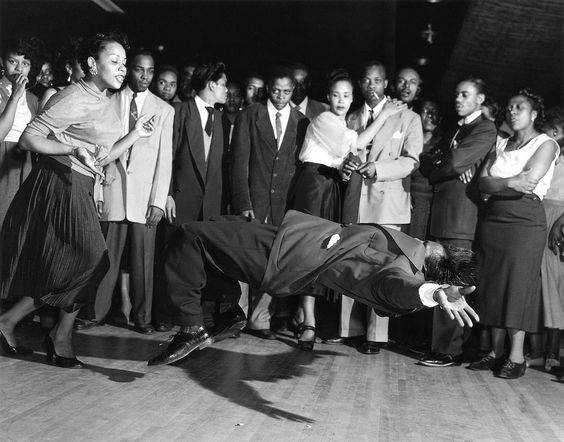
Personality and individual voice are a vital part of the culture. In this dance tradition executing the dance exactly the same way as someone else is usually not valued. When groups perform a number together, the audience expects each performer to bring his own personality to the overall style, in this way creating diversity within unity.
Fundamental elements of Jazz Dance
As we discussed, the roots of jazz dances lie in West African dance traditions. So many of the technical elements are opposite to the European tradition in dance. I’d like to cover the fundamentals of solo jazz & swing dancing such as posture, bounce (of feel, pulse), backbeat, swinging 8th note and syncopation.
The posture
It’s important to define the centre from where all the movement comes. In European dances (such as ballet, ballroom, folk dances of Europe, etc.) the centre of the body movement is in the chest. When dancing those styles we tend to grow up and have a more erect spine with straightened limbs. We tend to search for symmetry and beauty in the form and the main trajectory of the movement is up.
While in African derived dance forms the centre is in the naval, we work with gravity and the intention and accent is towards the earth. That has an affect on the posture. As Kongo proverb goes “dance with bended knees, lest you be taken for a corpse”.
“The bent knees and angulated bodies (of black dancers) ….were in striking contrast to the erect spines, straight legs, turned-out feet, and rounded arms of the European American dancing instructors” (Steppin’ on the Blues, page 49)
“To many western and central Africans, flexed joints represent life and energy, while straightened hips, elbows and knees epitomised rigidity and death”
from “Steppin on the Blues”
The bounce
Bounce or pulse is an essential element of swing dancing and solo jazz. Steps may be similar in many dance styles, but the “feel” which is embodied in bounce or pulse is unique to a style. Bounce represents the timing of the music, the 4/4 pulse, it’s your “double bass” inside. When keeping the bounce, pulse steady and in time, you are your own metronome.
Solo Jazz dance movements are characterised by a weighted release into gravity, a dynamic spine and rhythms. When bouncing we should search for exactly that sensation. It is already a dance by itself.
While practicing bounce consider those ideas from the West – African movement. Those are comments gathered by Thompson in interviews with experts in dance in Western and Central Africa, from the book “Steppin’ on the Blues”
1. You should not align limbs in a too straight manner (Kongo)
2. You should dance bending deep. (Kongo)
3. Keep your elbows and hips close in to the body; you must move your entire body; vibrate the whole, but you must keep the movement self-contained, not to go too far out with the gestures and thrusts of the arms and legs (Kongo)
Backbeat In the history of Jazz dance and music
Backbeat is a term used to describe a heavy accent on 2 and 4 in 4/4 common time.
In the European music tradition it is common to stress only the strong beat which is 1 and 3. Jazz is a music genre that originated in the African-American communities of New Orleans, United States, and one of its main characteristics that defines the way we dance is the accentuation on the so-called “weak” or “backbeat”, the 2 and 4.
“We don’t snap our fingers on the beat. It is considered to be aggressive. In jazz we don’t push it, we let it fall” as says genius African-American composer Duke Ellington
In a classic swing tune, normally, the bass player will either hit the strong beat 1 and 3 or “walk the line”, which means he will hit all 4 beats in a bar. In this case, we say the bass is walking. While the drummer is often doubling this pattern on the kick drum, swinging in 8 on the ride cymbal, and keeping the high hat on 2 and 4. This is the core basis of all swing music.
Syncopation & Swinging 8th note in Jazz dance
Albert Murray describes a jazz dancer as a percussive instrument in a dialog with musicians. It’s interesting because when you hear even melodic instruments they play melodies in jazz in a percussive way. It is all about rhythms and that is African influence. When we talk about rhythm and rhythmic play in jazz we need to talk about swinging notes and syncopation.
- Syncopation is a deviation from a regular expected rhythmic pattern, often placing stress (through dynamic accents) on weaker beats. It shifts the beat before or after the beat.
- Syncopation is basically a portal to interesting and complex rhythms. It plays with our expectation when the beat should occur, loosens up the rhythm and brings surprise.
A syncopated rhythm is created often using the swinging 8th notes. Syncopated note can fall directly before or behind the beat.
Swinging 8th note is a rhythm that you need to know to dance basic vernacular jazz steps. It has this feeling of a fall, a hiccup the way it sounds. It encourages the feeling of a drop, release in the movement.
There are many steps that are representing the swinging 8th note in jazz such as triple step, stomp off and then all sorts of moves with ball change action ( kick ball change, hold ball change, slide ball change, etc). The rhythm is one, the shapes are many. A jazz dancer would always use this signature syncopation in the dance and improvisation.
Swinging 8th note speaks for itself. You swing the note. It’s important to know that you can swing any of the 4 notes that exist in the bar. Swinging 8th is the rhythm you will hear everywhere in jazz music.
It is also the key element of any musician, dancer or performer in Jazz. The most love and respect is given to those who “Really Swing”. So developing a deep understanding of this will help you dance this beautiful, elegant, exciting, spontaneous African American style of dance, including it’s “Roots and Branches”
This is just a very brief history of jazz dance and it’s links to Africa. There is a wealth of information on these dances which you can find below. Please do investigate further. Enrich your mind while your enrich your body so you can fully connect with the past, and the importance of it while dancing today. This is especially vital while learning solo jazz dance online, as often we can be isolated from the communities that would otherwise help us here. So if you are learning in an online context, I encourage you to explore this even more.
Sources:
- Steppin’ on The Blues The Visible Rhythms of African American dance by Jacqui Malone
- Ring Shout, Wheel About: The Racial Politics of Music and Dance in North American Slavery By Katrina Dyonne Thompson
- Hot Feet and Social Change: African Dance and Diaspora Communities edited by Kariamu Welsh, Esailama Diouf, Yvonne Daniel
- Tappin’ at the Apollo: The African American Female Tap Dance Duo Salt and Pepper By Cheryl M. Willis
- Class Act: The Jazz Life of Choreographer Cholly Atkins by Cholly Atkins, Jacqui Malone
- Jazz Dance: A History of the Roots and Branches edited by Lindsay Guarino and Wendy Oliver
- Choreographing Copyright: Race, Gender, and Intellectual Property Rights in American Dance By Anthea Kraut
- African Dance: An Artistic, Historical, and Philosophical Inquiry edited by Kariamu Welsh-Asante
- The Routledge Dance Studies Reader edited by Alexandra Carter, Jens Giersdorf, Yutian Wong
